Pratt & Whitney’s GTF Advantage engine achieves FAA type certification
Aviation Bussiness News
FEBRUARY 28, 2025
In the high-pressure turbine (HPT), the enhancements include an advanced airfoil design with improved coatings. It is fundamentally more durable, with increased airflow in the core to lower operating temperatures and a state-of-the-art hot section to increase time on wing.


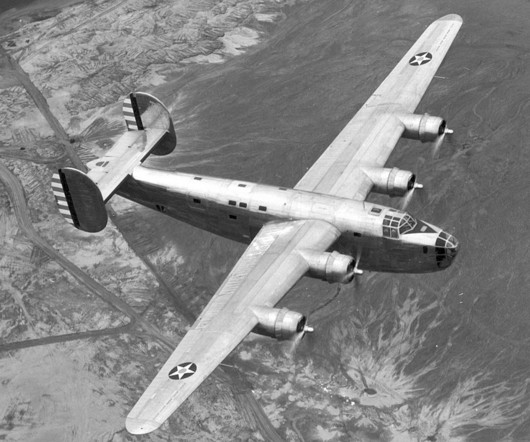

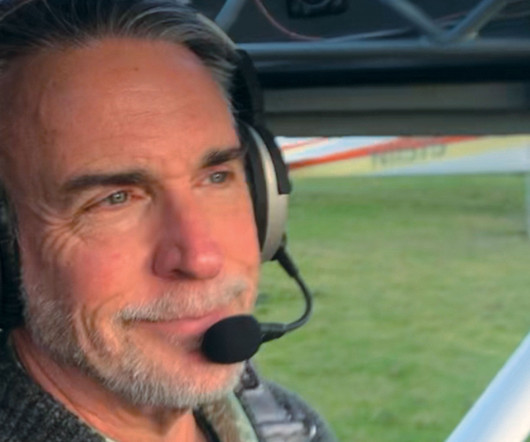








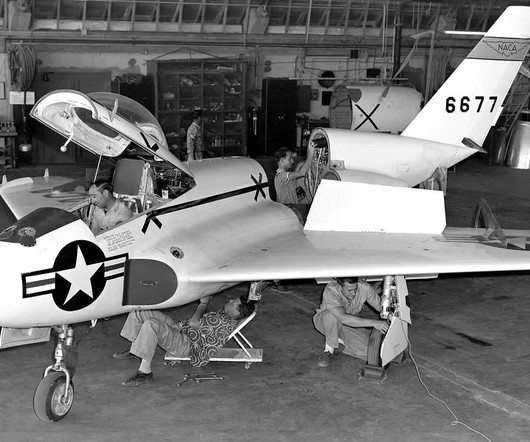


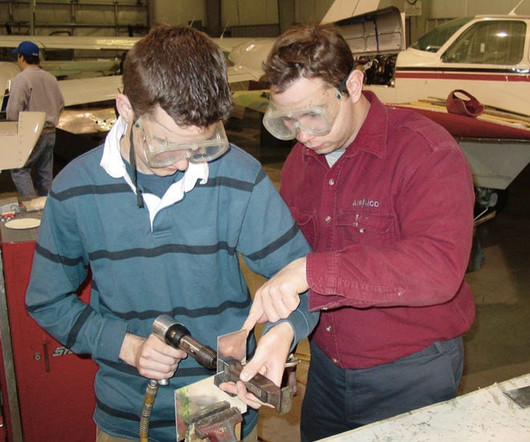



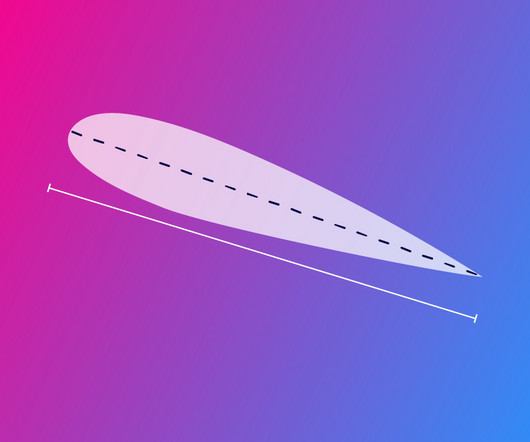
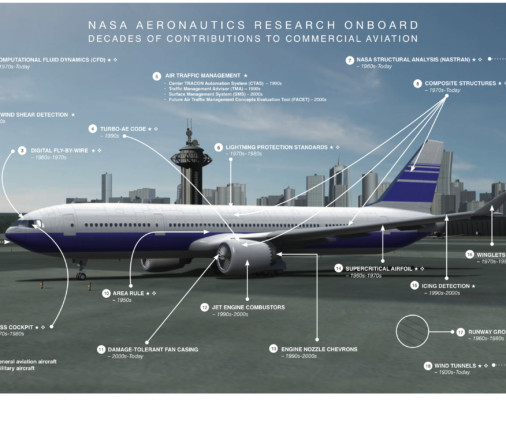


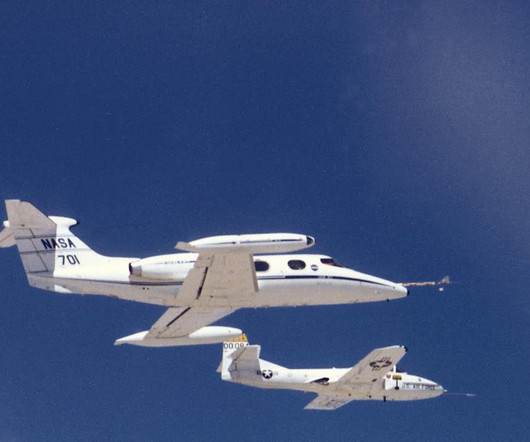


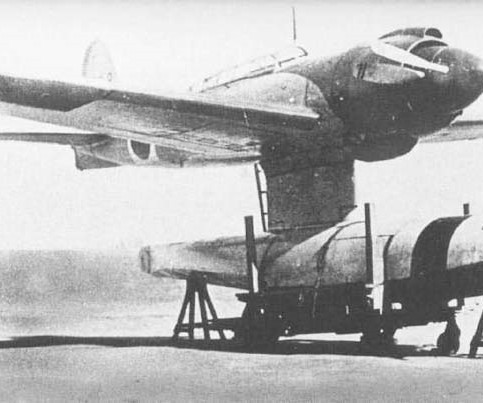

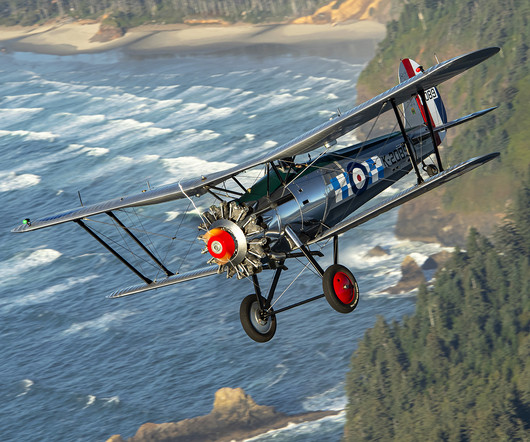








Let's personalize your content